Heidi Burkhardt
Posts tagged with Library Website in Blog Library Tech Talk
Showing 1 - 10 of 32 items

As part of a broader product accessibility initiative in Library Information Technology, the team behind the library’s website undertook a number of remediation efforts based on the findings of the site’s baseline accessibility evaluation. The work demonstrates how accessibility remediation can also be an opportunity for code clean-up, usability improvements, and refreshing design elements.

The U-M Library launched a completely new primary website in July after 2 years of work. The redesign project team focused on building a strong team, internal communication, content strategy, and practicing needs informed design and development to make the project a success.
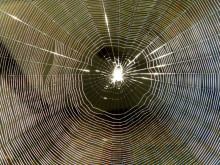
Over the past 20 years, the University of Michigan Library has led the way on creating digital collections and establishing best practices around digital preservation that have become benchmark standards for other libraries. However, as our web presence expanded, it became increasingly difficult to adapt it at scale, keep pace with the changing needs of research, and create cohesion between a growing number of applications, sites, and services. It eventually became clear that a new model for web governance was needed. In this post, learn about the library’s history around its web governance and what led us to establish a new committee to create a vision and strategy for our web presence. You’ll also read about some of the committee’s accomplishments so far and learn how the committee’s members are supporting the recently launched Library Search application and the ongoing website redesign.
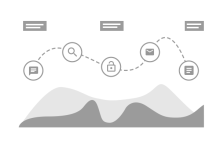
How does a library present the right information to patrons at the right time and place in the face of changing services, new technologies and vendors? User Journeys provide a way to create and improve what information, services and tools will help users on their path to the resources and services they seek. Find out what insights our team gained from developing User Journeys and we'll tell you about tools, resources and templates you can use to make your own!

This post is a brief overview of the process in designing for large web-based systems. This includes understanding what makes up an interface and how to start fresh to create a good foundation that won't be regrettable later.
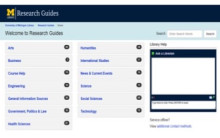
Over the past few years, the University of Michigan Library has progressively updated and enhanced the way we manage our subject, course, and specialized information guides with Springshare's LibGuides product. This post talks about the various customizations and integrations we've made along the way.
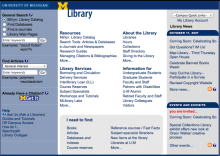
The next version of Mirlyn (mirlyn.lib.umich.edu) is going to take some time to create, but let's take a peek under the hood and see how the next generation of search will work.
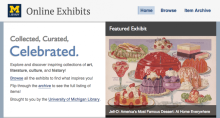
Omeka is a content management systems (CMS) that facilitates the creation of online exhibits. Traditionally, exhibit creators needed to have web design skills to create a webpage. Using Omeka, the process for creating exhibits websites is simpler, which allows exhibit creators to easily extend the presence of our physical objects.
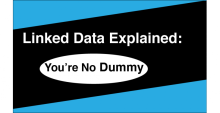
If you have heard about linked data, but you're not quite sure what it means, look no further. Find out what linked data is, why it is important and how it will transform the web.

If you really love something you might have to let it go.